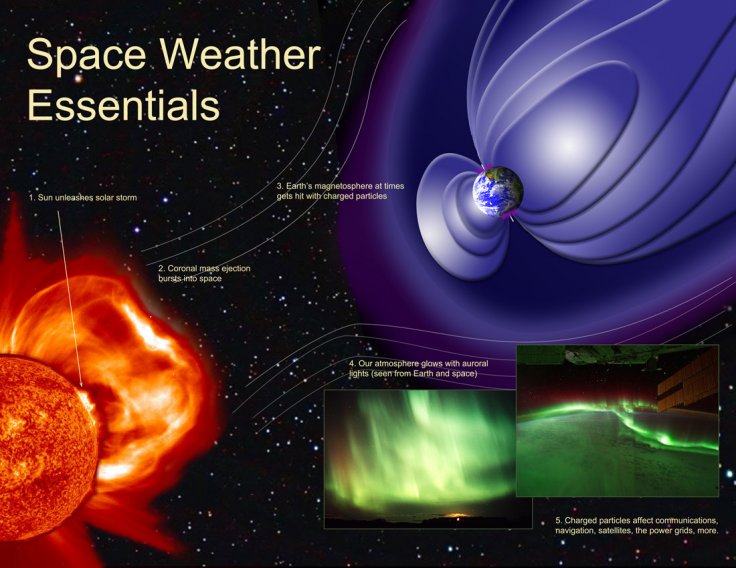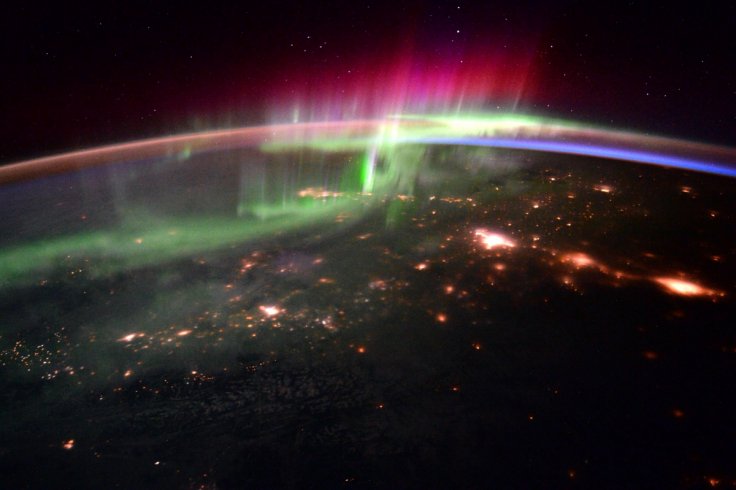A space weather forecasting site confirmed that Earth is about to cross a cosmic region known as the heliospheric current sheet. During this event, geomagnetic activities and storms might occur in certain regions of the planet.
The heliospheric current sheet is a surface in the Solar System where the polarity of the Sun's magnetic field changes from north to south. It has a generally wavy structure due to the rotating magnetic field of the Sun.

Crossing The Heliospheric Current Sheet
According to a report by cosmic weather forecasting site SpaceWeather.com, Earth is about to cross a region of the heliospheric current sheet known as the solar sector boundary crossing. The site predicted that Earth would cross the region tomorrow. Since the planet will go through a cosmic region that's heavily influenced by the Sun's magnetic field, the highly charged solar particles within the heliospheric current sheet could cause geomagnetic activity to occur.
"Earth is about to cross a fold in the heliospheric current sheet--a vast wavy structure in interplanetary space separating regions of opposite magnetic polarity," the site stated. "The crossing, called a solar sector boundary crossing, is expected on June 16th and could trigger minor geomagnetic activity around Earth's poles."

Possible Effects Of Geomagnetic Activity
The site did not indicate the intensity of the possible geomagnetic activity on Earth. As explained by the Space Weather Prediction Center of the National Oceanic and Atmospheric Administration, geomagnetic activities occur due to disturbances on Earth's magnetosphere. These disturbances are usually triggered by the exchange of energy between Earth's magnetic field and emissions from the Sun, such as solar winds and coronal mass ejections.
In most cases, minor geomagnetic storms caused by solar winds can create beautiful polar lights in the sky. However, during severe cases, disruptions in Earth's magnetosphere can disrupt navigation systems, radio frequencies and electricity-based facilities and equipment on Earth. These could also affect the operations of satellites in low-Earth orbit. "While the storms create beautiful aurora, they also can disrupt navigation systems such as the Global Navigation Satellite System (GNSS) and create harmful geomagnetic induced currents (GICs) in the power grid and pipelines," the agency stated.









